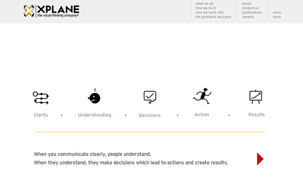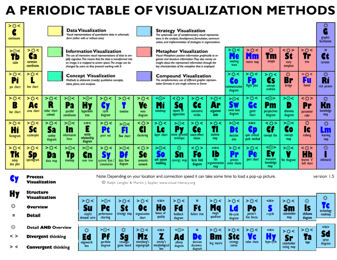Business news and articles keep reminding us that organizations need to cope with rapid changes, changes in employee expectations, new organizational models and how to cope with a bewildering glut of data and information.
The Internet has become an important business tool for frontline managers all the way to C-Level managers. However, using the Internet is becoming increasingly frustrating. There is too much fluff, spam and clutter in the results you get.
Just take a look at some studies:
- Managers spend up to two hours a day searching for information, and more than 50 percent of the information they obtain has no value to them. In addition, only half of all managers believe their companies do a good job in governing information distribution or have established adequate processes to determine what data each part of an organization needs. Accenture
- IDC estimates that an enterprise employing 1,000 knowledge workers wastes at least $2.5 to $3.5 million per year searching for nonexistent information, failing to find existing information, or recreating information that can’t be found. The opportunity cost to the enterprise is even greater, with potential additional revenue exceeding $15 million annually.
- “The major obstacle with the Internet is assimilating the vast amount of information available. Approximately half of the responses indicated frustration at too much information on the Internet and that it is hard to find just what they need. As one executive commented, “The Internet can be good but the veracity of much of the information is questionable. Content from trusted sources is more valuable to executives than random web content from unknown sources.”Bersin & Associates in their survey “How Executives Stay Informed”
No wonder that according to a new national survey (LexisNexis), the 2008 Workplace Productivity Survey), more than seven in 10 American workers feel inundated with information at their jobs, while more than two in five feel that they are headed for an information “breaking point.”
Enter Visualization for Business. As a photographer, I can relate to this. You know, “A picture is worth…” Cliches put aside, visuals, properly done, are a powerful tool to distribute data and information. But, more importantly, visuals help the viewer to understand and draw insights. Visualization goes well beyond typical powerpoint and graphical presentations.
A company whose sole focus is helping companies to communicate with visuals is Xplane.
The minimalist design is eye catching. It makes sense since this company since they seek to clear through clutter and visually communicate ideas and concepts.
Here is an example of their work. Even if you never heard about customer relationship management, this visual permits you to understand the concept.
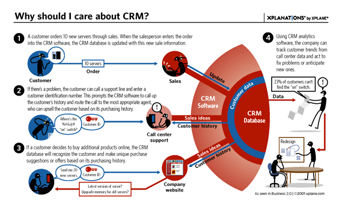
My problem with this site is that they are stingy with content. They make available eight visuals but little else in terms of informative content.
Now here is a site that is content rich. This is one of my favorite sites and it is free A PERIODIC TABLE OF VISUALIZATION METHODS
When you mouseover the method indicated in a cell, the method pops up. When I mouseovered Ve, I got the VEE Method.
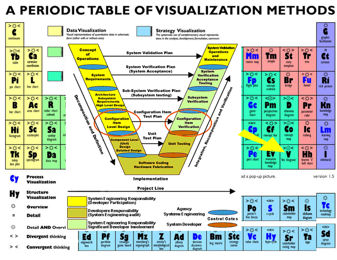
Each Method can be individually accessed at this site. More goodies, a document describing the Periodic Table is available.
Now you are ready to explore Business Visualization. But wait there is more. IBM, recognizing the growing importance of Visualization methods, developed a web site called Many-Eyes.
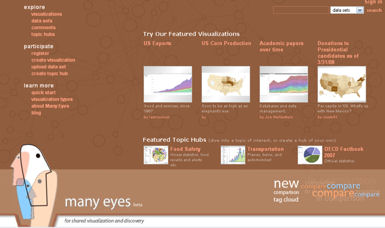
You have to register with IBM but its free. Once logged in, you can design your own visual and access those design by others in various topics. Well worth a visit. Now you are ready to design your own business masterpiece.
Ed Konczal has an MBA from New York University's Stern School of Business (with distinction). He has spent the last 10 years as an executive consultant focusing on human resources, leadership, market research, and business planning. Ed has over 10 years of top-level experience from AT&T in the areas of new ventures and business planning. He is co-author of the book "Simple Stories for Leadership Insight," published by University Press of America.
